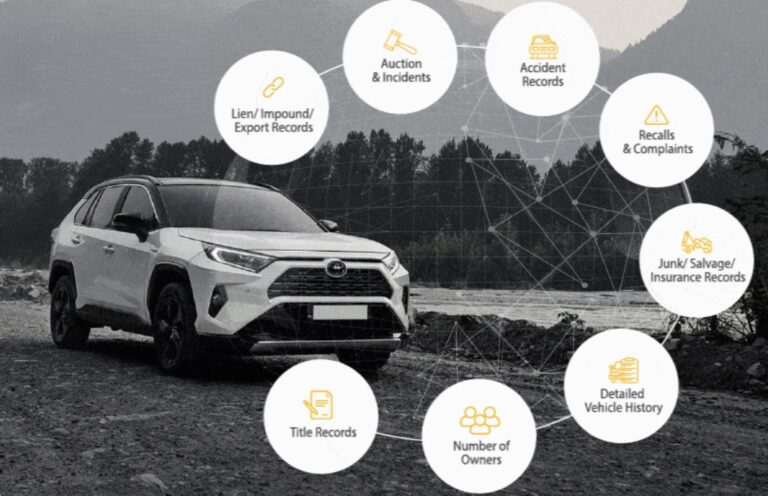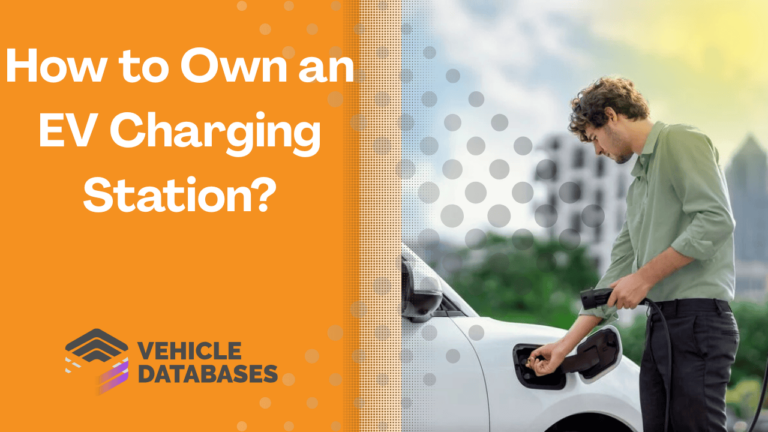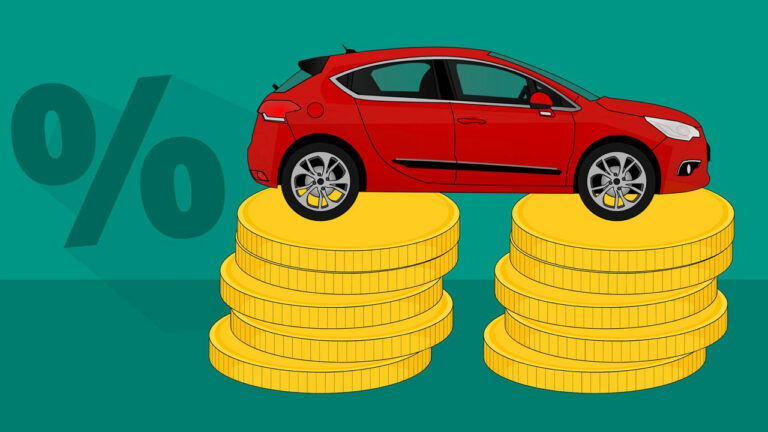If you’re considering going into the used car industry, you’re entering a lucrative yet competitive market. Understanding the ins and outs of starting your own used car business is crucial for success.
In this guide, we’ll walk you through the steps to start a used car dealership business, from understanding the industry to leveraging API technology to maximize efficiency and profitability.
Used Car Dealership Business
Operating a used car dealership business involves buying, selling, and sometimes trading used vehicles. Simply put, it’s a place where you can purchase or sell a used car. It’s a dynamic industry that requires a deep understanding of automotive market trends, customer preferences, and legal regulations.
Steps on starting a used car business
So, how can you get started? Here are the basic steps to follow to set up your dealership:
Think and act like an entrepreneur
Starting a car dealership comes with the understanding that you’re about to become an entrepreneur and need to prepare your mindset for that. Not only that, you need to make some serious changes to your lifestyle as well. Check out how other entrepreneurs act and think, you can also take entrepreneurial classes. Taking this step before any other gives you a sense of detail and responsibility.
During this process, you should focus on getting experience with selling cars, business license requirements, and surety bonds, and you’ll need to learn the difference between selling new cars and used cars – as a salesperson, working side-by-side with dealers, whatever role you can get, try to get one. It’s best to start on the right foot.
Arrange Capital for Startup Costs
Every small business for new and used car sales needs funds, and before starting up a used car business, you need to find a way to get some means of funding. Apart from the car inventory that you definitely need to build, you also need to cover startup costs for:
- Business registration
- Car dealer license
- Office supplies and furniture
- Location
- Workers; salespeople, accountants, etcetera
- Insurance
- Website and mobile applications with Vehicle APIs.
- Marketing, and more.
You may also encounter lots of expenses during startup, so you need to consider costs.
Choose market location
The next step to take in owning a car dealership is choosing the right location for your used car business. There are several factors you need to consider before choosing the right location to set up your dealership, the most important of which is the current market trend.
What kind of cars are more profitable to invest in the long run? What is the demand for those cars now? Where do you see demand in the coming years? What age group are interested in these cars? What about income levels? Ask yourself questions like these to figure out what vehicle brands or types of cars your dealership will be centered on.
When you figure out what your niche should be, you can now start searching for a suitable location to launch your business. Make sure to be very careful when making this step as it is a really important part of your business’ journey.
Create a solid business plan and set financial goals
Creating a comprehensive business plan is essential for success in the used car dealership industry. This foundational document serves as a roadmap, guiding entrepreneurs through all they need to start, grow their businesses, and meet their business needs. To begin, entrepreneurs must clearly outline their:
Company details, including their vision, mission, and values. This clarity helps set the tone for the business and aligns all stakeholders towards common objectives.
- Target market area, this is crucial for identifying potential customers and tailoring marketing strategies accordingly. Whether focusing on a specific geographic region or niche demographic, understanding the target market’s needs and preferences is paramount for success.
Clear financial goals and strategies for growth. Entrepreneurs must define measurable objectives, such as revenue targets, profit margins, and market share aspirations.
By establishing these benchmarks, businesses can track their progress and adjust strategies as needed to stay on course. Additionally, outlining strategies for growth enables entrepreneurs to identify expansion opportunities, whether through diversifying inventory, expanding into new markets, or enhancing customer service offerings.
You can consider yourself halfway through the process as soon as you complete your business plan! Next, you should think about how you can make a profit with the business.
Making Profits in the Car Dealership Business
Now that you have everything scripted and figured out, the next step is to decide how to get cars to fill up your inventory and how to make profits. This involves sourcing vehicles, implementing sales strategies, getting a website/mobile applications, and optimizing operations for profitability and growth. Let’s take a look at these points in more detail:
Locate car auctions exclusive for dealers
Now, the used car dealership business model involves buying used vehicles at a cheaper price and selling them with some profit. For startups, the easiest way to get great deals is by visiting dealer-only car auctions around you. These cars are usually sold at cheap rates and discounts to licensed dealers and you can take advantage of this.
Sure, these cars may come as damaged, but that’s where the next step comes in.
Have an experienced mechanic
Next, you can partner up with an experienced mechanic with good knowledge in inspecting and fixing the cars on your used-car lot. Some auction vehicles may have severe damages, so it is recommended to place the highest importance on this step.
With these vehicles properly fixed and in road-worthy condition. You can now begin sales.
Provide Warranties on Your Vehicles
I know what you may be thinking. Including warranties as extra-cost add-on products means that these vehicles will be more expensive than planned and car shoppers may not like that. Wrong!
Contrary to popular belief, around 66% of American drivers purchase an extended car warranty. Offering warranty coverage also gives consumers some protection, in terms of repairs.
Create a website/mobile application and utilize APIs
Creating a professional website or mobile application for your auto dealership is essential and must provide accurate information about your business. However, ensuring accuracy in providing vehicle data is paramount. By utilizing APIs, you can access real-time and reliable information about each vehicle in your inventory.
What are APIs? They are like bridges between you and an infinite source of vehicle information. Vehicle Databases offers several vehicle APIs including:
- VIN decoding APIs
- Vehicle history APIs
- Market value API
- Vehicle specifications API
- Classic VIN decoding API
- License plate API
- Auction history API
- Sales history API
- Vehicle media API, and more
Imagine showing your customers everything they need to know about all vehicles in your inventory with the VIN and integrated APIs. This ensures transparency and builds customer trust, leading to increased sales and customer satisfaction.
Accuracy vehicle data also streamlines the buying process, reducing the likelihood of disputes or returns. Need more information on APIs and how you can get started? Get a free demo and 15 free credits now!
Place Adverts and Build Your Online Presence
At this point, you need to get the word out to get a successful business. You can start by using advertising channels to reach potential customers. Consider online platforms like Google Ads, Facebook Ads, and local classified websites. Additionally, explore traditional methods such as newspaper ads, radio spots, and flyers.
Leverage social media platforms (e.g., Instagram, Facebook, Twitter) to showcase your inventory, share success stories, and engage with your audience. Regularly post high-quality images and videos of the cars you have for sale.
Calculate a “Bottom Dollar” for Each Vehicle
Determine the lowest price at which you’re willing to sell cars in your inventory. Consider factors such as acquisition cost, refurbishment expenses, and desired profit margin. Be realistic about market conditions and adjust your pricing strategy accordingly.
Try to stay informed about market trends and competitor pricing. Analyze similar vehicles in your area to understand the prevailing rates. Remember that pricing too high can deter buyers, while pricing too low may impact profitability.
Prioritize Customer Service
Here are some tips:
Free Inspections and VIN Reports: Offer free vehicle inspections or provide Vehicle Identification Number (VIN) reports. These services build trust with potential buyers and demonstrate transparency.
Integrated Vehicle History APIs: Use APIs (Application Programming Interfaces) to access vehicle history data. Share relevant information with customers, such as accident history, maintenance records, and ownership details.
- Hire Assistants and Salespeople: Invest in a skilled sales team. Friendly, knowledgeable staff can guide customers through the buying process, answer questions, and address concerns. Excellent customer service leads to repeat business and positive referrals.
Keep the car lot and showroom neat and attractive
The last tip for the day is to keep your used car lot and showroom organized and visually appealing. Arrange vehicles in an orderly manner, ensuring they are clean and well-presented. Regularly wash and detail the cars to enhance their visual appeal.
If you can keep these in mind, you can be sure to have a good start and operate an independent car dealership successfully.
Statistics About Used Car Dealerships
- Total used-vehicle sales in December 2023 were estimated to be around 2.6 million units, up 2.1% from December 2022.
- Retail used sales accounted for approximately 1.4 million units.
- The average car dealership receives 166 qualified sales leads each month.
- Approximately 13.3% of sales prospects do not make it into the car dealership’s Customer Relationship Management (CRM) system.
- The average close rate for car dealerships is 12.5%.
- Car dealerships miss approximately 8.5% of calls from potential sales prospects.
- In 2023, franchised light-vehicle dealers in the United States sold 13.7 million light-duty vehicles, contributing to a total sales value of over $1.2 trillion.
- The U.S. used car dealer market had a size of $138.1 billion in 2021. Despite initial pandemic-related challenges, used car sales rebounded and exceeded pre-pandemic levels.
- The overall used-vehicle market likely finished 2023 near 35.9 million units, slightly below the previous year’s figure. Retail used sales likely closed out 2023 at 19.0 million units.
- Cox Automotive forecasts used-vehicle sales volume to reach 36.2 million units in 2024, with used retail sales estimated at 19.2 million units. The market is expected to regain some normalcy, although supply constraints may persist due to lower new-vehicle sales in previous years.
Frequently Asked Questions
Used car businesses can be highly profitable for dealers, with successful operations generating significant revenue. However, profitability depends on various factors such as market conditions, inventory management, pricing strategies, and customer service quality. You also need to be able to provide accurate vehicle information to consumers at all times. Visit Vehicle Databases to get access to accurate APIs for your business needs.
To succeed in the used car business, it’s essential to prioritize customer satisfaction, maintain transparency, and offer quality vehicles at competitive prices. Additionally, staying informed about market trends, investing in marketing efforts, and leveraging technology like APIs can contribute to success.
Yes, buying and selling used cars can be a profitable venture. By sourcing quality inventory, accurately pricing vehicles, and providing value-added services such as warranties and inspections, dealers can generate profits from each sale.
Owning a used car business has the potential to be profitable, but success depends on various factors including market demand, competition, location, and operational efficiency. By implementing effective strategies, offering excellent customer service, and staying adaptable to market changes, dealerships can achieve profitability and long-term success in the industry.



